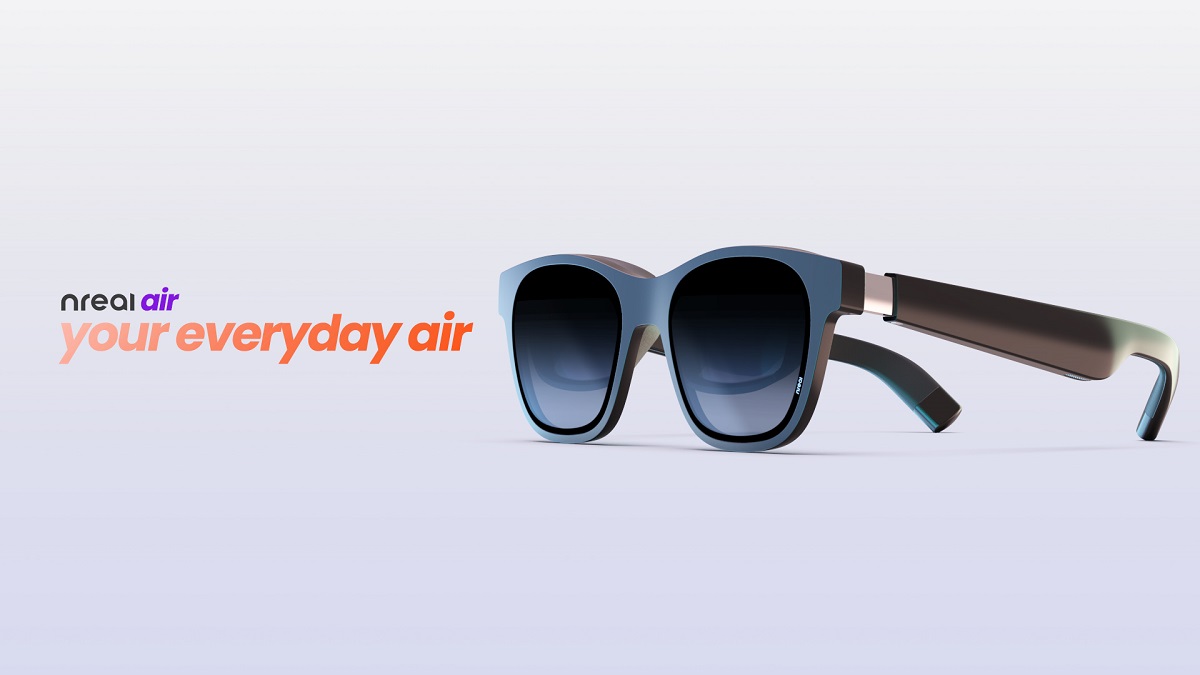Nreal is one of the few companies still standing from the early wave of augmented reality glasses makers. And today it is unveiling the second-generation Nreal Air glasses with big improvements.
The goal of the Beijing-based company is to keep moving fast on the leading edge of the technology and create multiple generations of products so that it can be ready with the right one when the AR market takes off. The company is pitching the device as a “portable movie theater.”

Unlock premium content and VIP community perks with GB M A X!
Join now to enjoy our free and premium membership perks.
![]()

![]()